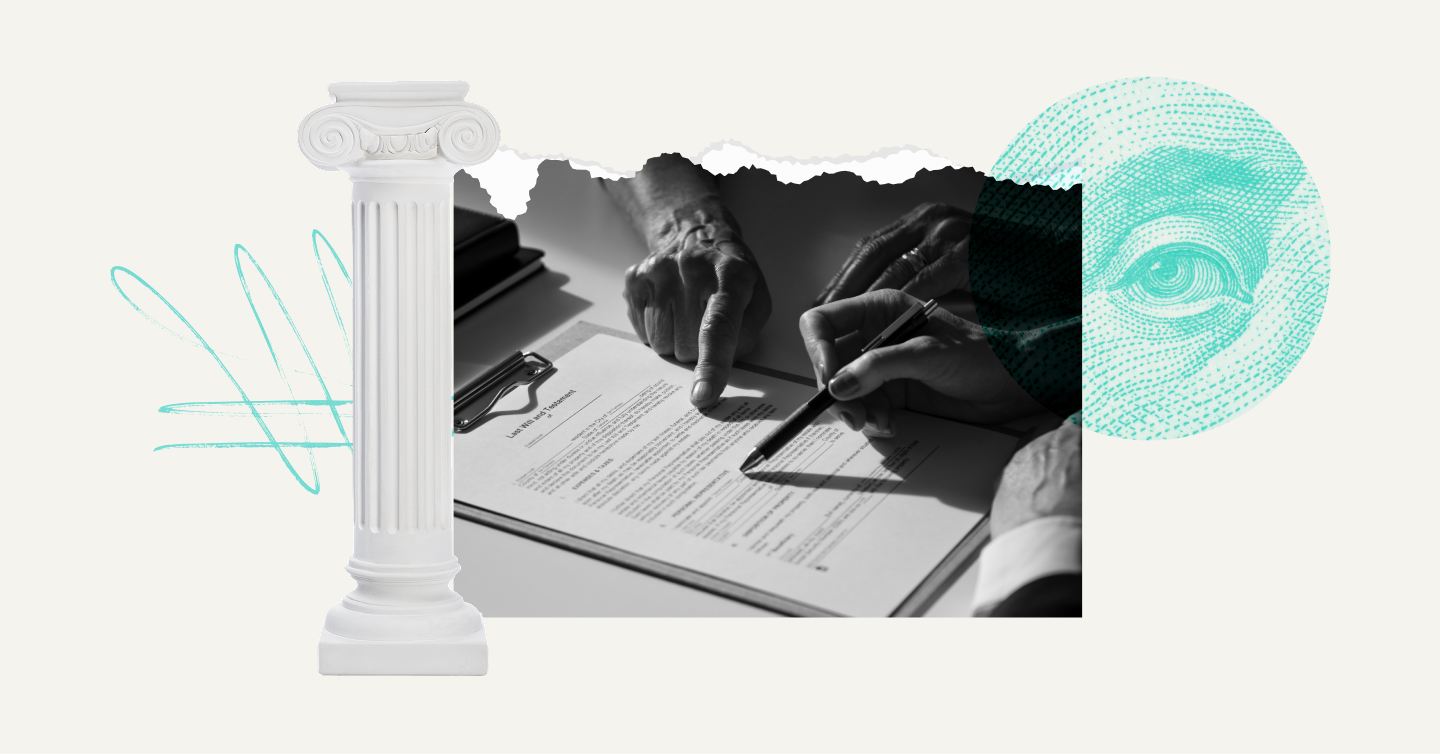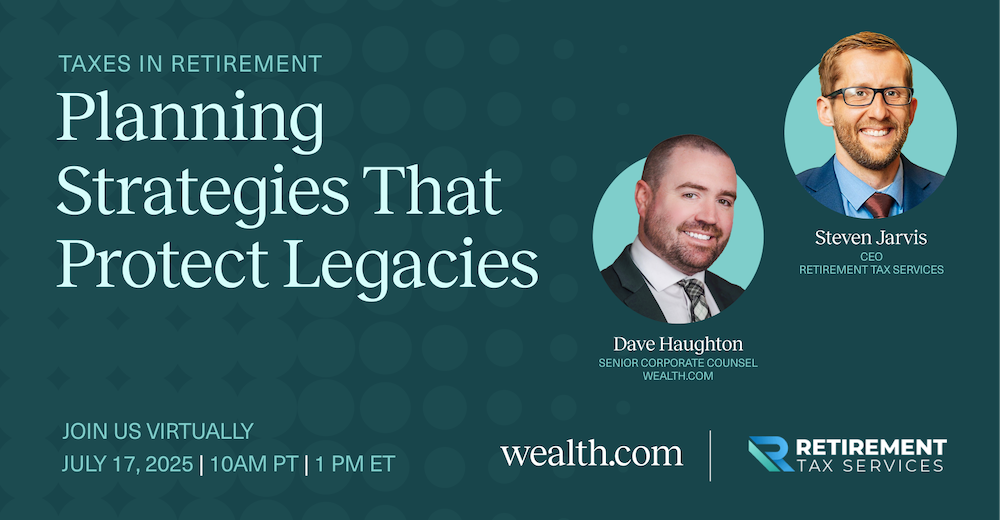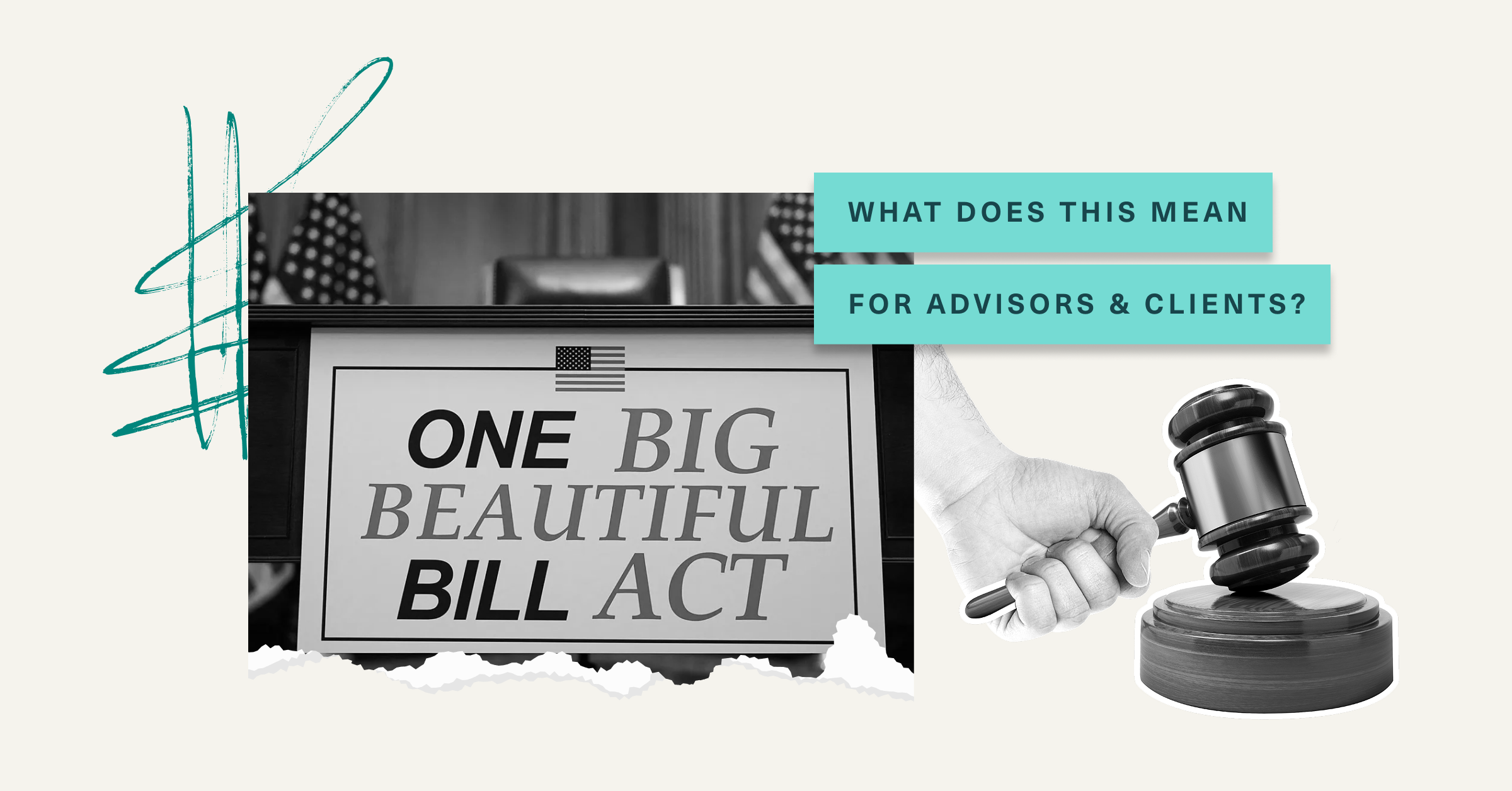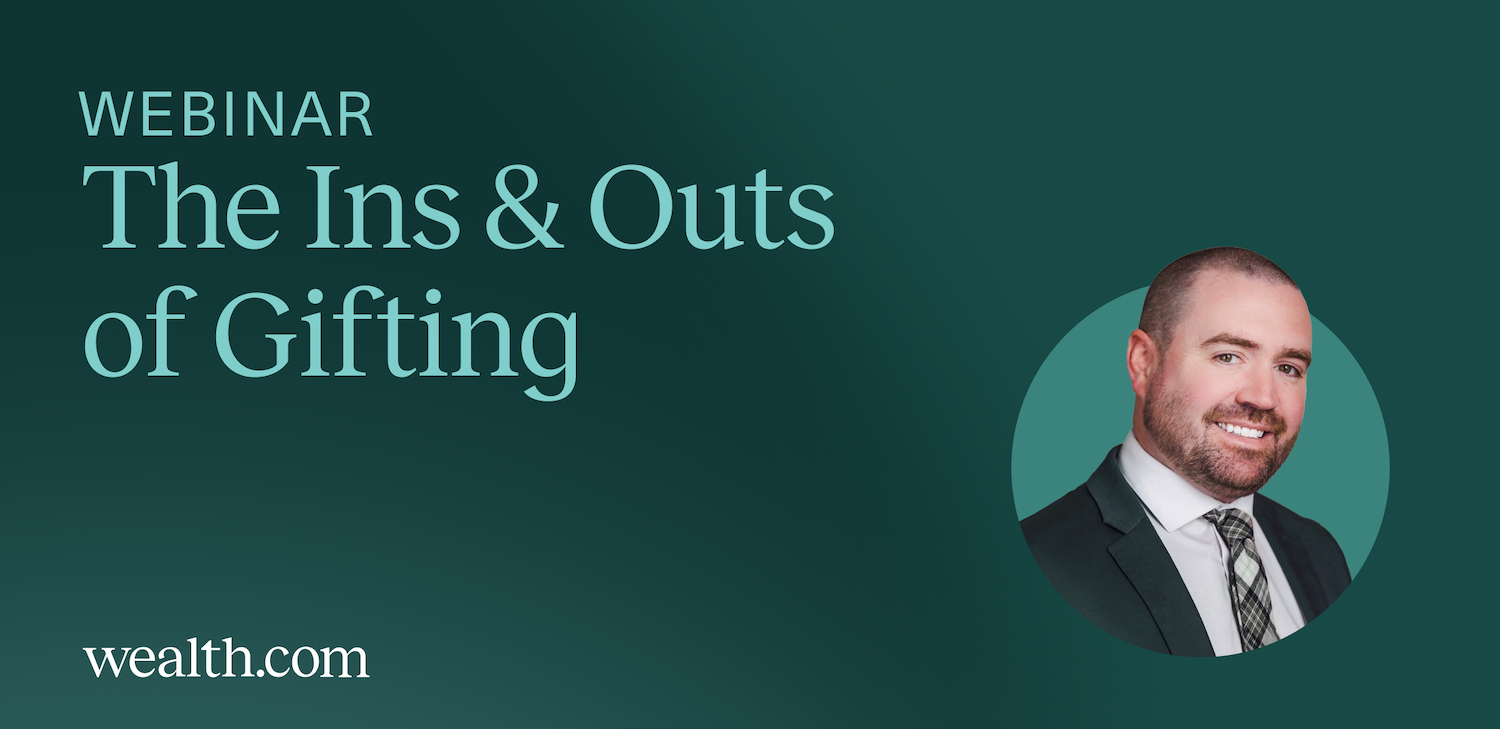This article is based on general legal principles concerning this topic, and is not based on any specific jurisdiction’s laws and regulations or any financial advisor’s specific facts. Each financial advisor is encouraged to understand their compliance needs and seek their own legal advice on the unauthorized practice of law. Wealth.com is not a law firm and does not provide legal advice.
Financial advisors are navigating a shifting landscape. Clients expect more holistic planning, competition is increasing, and firms need to find ways to deepen relationships while also driving new growth. Estate planning has emerged as a critical, yet underutilized, service that not only enhances client relationships but also offers significant monetization opportunities.
One of the most overlooked but powerful levers available to advisors today is estate planning.
Traditionally seen as a legal-only process, estate planning is now a cornerstone of true financial well-being. For advisors, it represents a rare dual benefit: the chance to deliver life-changing value to clients while creating measurable business upside.
The Growing Demand for Estate Planning
The United States is on the cusp of the largest intergenerational wealth transfer in history. According to Cerulli Associates, an estimated $124 trillion will be passed down from baby boomers to younger generations by 2048 (Cerulli, 2024). This unprecedented transfer creates a pressing need for comprehensive estate planning services. Yet, a 2024 Caring.com survey found that only 34% of Americans have a will or estate plan, underscoring a significant gap in the market.
Advisors who can facilitate estate planning either directly or through strategic partnerships are better positioned to bridge this financial gap for the modern American investor and distinguish their firm in a crowded marketplace. Offering estate planning support fits naturally within clients’ evolving expectations for integrated solutions that address all aspects of their financial lives, and better position advisors to attract high-net-worth individuals and win the next generation. Three advisors using Wealth.com to offer estate planning report the following:
- Brad Gotto (Fiat Wealth Management): Brad said that Wealth.com has created a stickier relationship with clients who might otherwise shop around. “Wealth.com makes us sticky. Clients feel like we’re looking out for their legacy, not just their portfolio.” For his firm, that retention has real revenue impact.
- Jason Oestreicher (Path Financial Partners): Jason emphasizes that estate planning isn’t just about protecting client families; it’s a growth driver. His firm has won new AUM as a direct result of offering Wealth.com, often enough that, in his words, “the software pays for itself.”
- Will O’Roarke (Prime Capital Financial): Will has seen how estate planning changes the tone of client conversations. “Once clients see that we’ve addressed their estate plan, they open up to other planning discussions. It creates a level of trust you can’t get any other way.”
Together, these stories underline the real bottom-line truth: estate planning isn’t just a compliance box to check. Estate planning is a business growth strategy that can increase client retention, client engagement, and revenue.
How Advisors Monetize Estate Planning
Digital estate planning platforms, like Wealth.com, sit at the center of this evolution. Wealth.com streamlines document creation and collaboration, reduces administrative burdens, and safeguards advisors from unauthorized practice of law, all while enhancing client value. By lowering costs for clients and increasing advisor capacity, Wealth.com enables advisors to serve more households at scale. The result is stronger retention, deeper referral networks, and new revenue streams, all while positioning advisors as the central hub of their clients’ financial lives.
With this foundation in place, advisors have the flexibility to choose the monetization model that best fits their practice. The most common approaches include:
- Fee-Based Services: Some advisors charge flat fees or hourly rates for estate plan creation, document setup, or annual reviews. Since attorney fees for a basic estate plan typically run between $2,500 to $5,000 (and up to $10,000 and beyond for complex cases), advisors can offer a more affordable, client-friendly alternative. Advisors can charge flat fees or hourly rates for estate planning consultations, document preparation, and ongoing maintenance.
- Subscription & Retainer Models: Other firms roll estate planning into an ongoing service tier, charging monthly or annual fees. This creates predictable revenue, builds consistent touchpoints with clients, and encourages deeper, long-term client engagement.
- Bundled Wealth Management Packages: Estate planning can be integrated into holistic wealth packages, for example, a “legacy planning package” that includes investment management, tax strategy, and estate planning. Integrating estate planning into comprehensive wealth management packages allows firms to increase their overall fee base.
- The “Software Pays for Itself” Approach: Some advisors choose not to bill directly for estate planning. Instead, they use their estate planning service as a differentiator to deepen client loyalty, attract new assets, and generate referrals. In these cases, the AUM growth more than offsets the cost of the software. One of our favorite examples of this strategy is when an advisor gifts a client’s child essential estate planning documents, such as a power of attorney, as part of their graduation milestone at age 18.
Implementation: Making Estate Planning Work in Your Practice
Understanding how estate planning can drive revenue is only the first step. Successful advisors also know how to put these strategies into practice. Implementing estate planning requires a balance of segmentation, smart use of technology, and effective client education. When done well, it transforms estate planning from a theoretical value-add into a core driver of trust, retention, and growth.
- Segment Your Clients and Assess Client Needs: While estate planning is relevant to every client, certain segments, such as business owners, retirees, and multi-generational families, stand to benefit immediately. Advisors who proactively review estate plans annually often uncover overlooked gaps and open new planning conversations. Estate planning should be positioned not as optional, but as the capstone to a truly holistic financial plan that ensures a client’s wishes and legacy are fully protected.
- Leverage Modern Technology: Digital platforms like Wealth.com transform what was once a high-friction, outsourced process into a scalable client experience. With tools such as document creation (wills, trusts, POAs, and more), secure digital vaults for critical records, and collaborative workflows that connect advisors, clients, and attorneys, technology reduces complexity for all parties involved. Just as important, platforms like Wealth.com are designed with compliance in mind, and advisors are clear of practicing law while still elevating the client experience. By integrating these tools, firms can increase efficiency, reduce costs, and deliver a differentiated client experience that scales.
- Market Your Estate Planning Service: Even with the right systems in place, client engagement doesn’t happen automatically. Many individuals avoid estate planning due to discomfort, procrastination, or misconceptions. Advisors can break through that inertia by reframing the conversation around estate planning as an act of love for their families, a safeguard for their legacy, or a way to prevent future conflict and unnecessary costs.
- Educate Your Clients: Education is the key. Firms that use webinars, seminars, client newsletters, and digital content to illustrate real-world benefits, such as avoiding probate or minimizing estate taxes, position themselves as trusted experts. Sharing success stories and case studies makes the value tangible and helps clients see estate planning not as a task to postpone, but as a proactive step toward peace of mind.
The integration of estate planning into wealth management isn’t a passing trend. It’s fast becoming an industry standard. Advisors who embrace estate planning today can higher client retention, create stronger referrals, deepen client trust, and launch new revenue streams.
The future of wealth management belongs to firms that can grow portfolios and protect legacies. Estate planning sits at the heart of that promise and advisors who adopt it now will lead the industry into its next era.
Wealth.com is not a law firm and does not provide legal advice.











